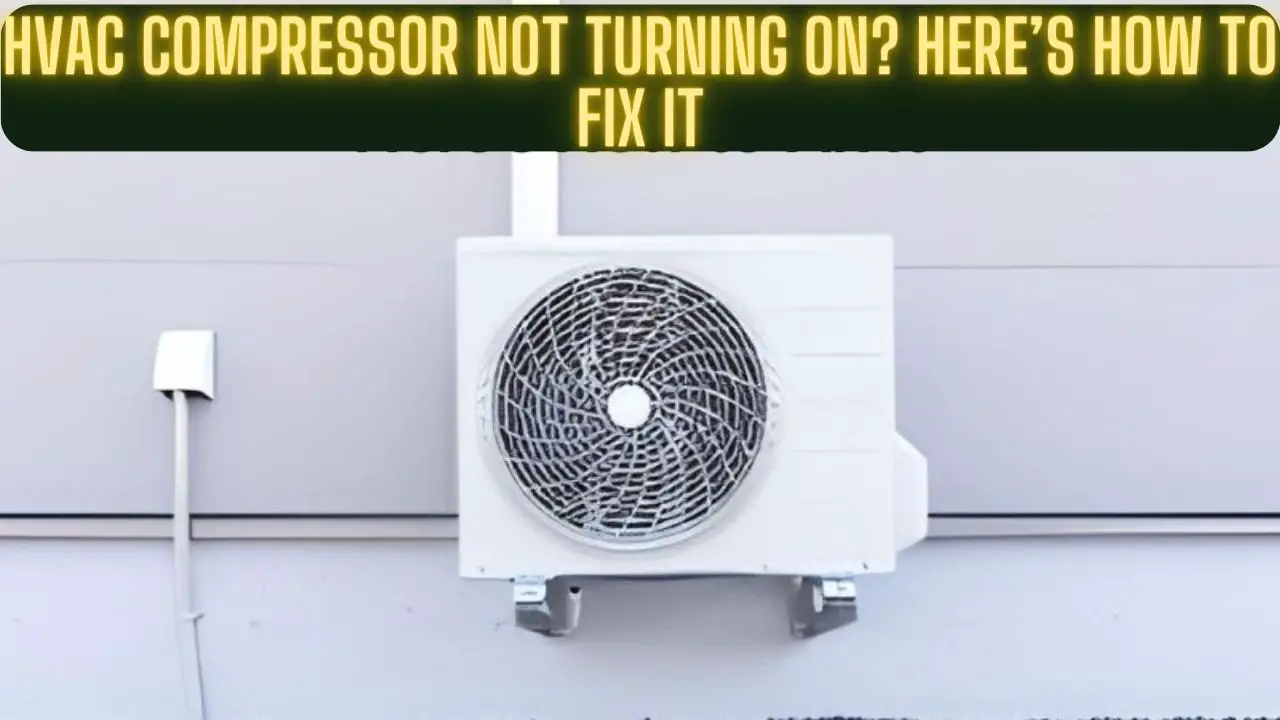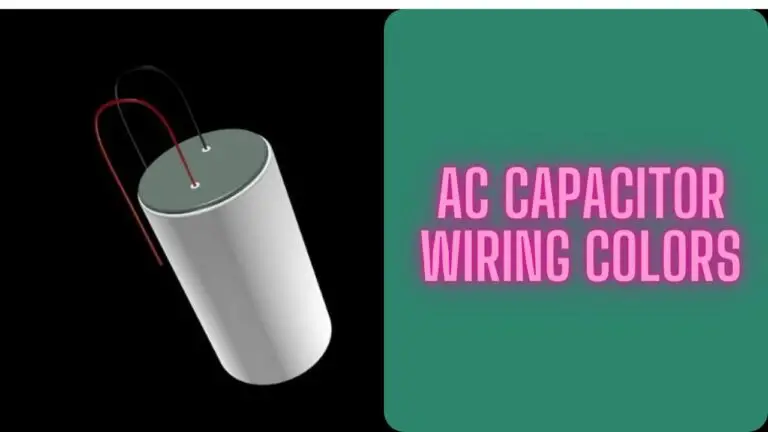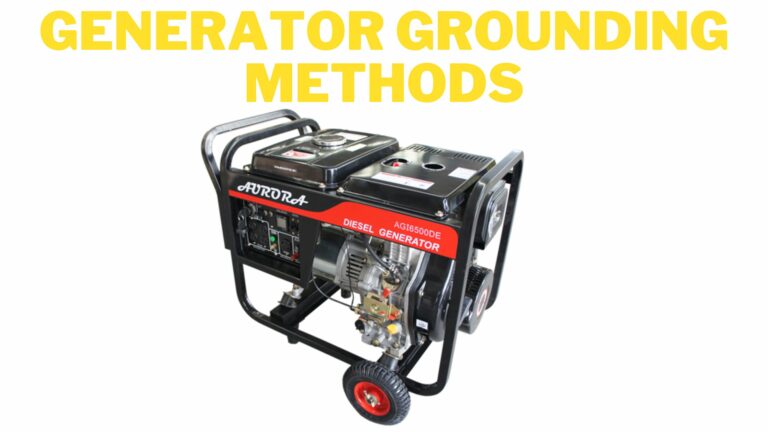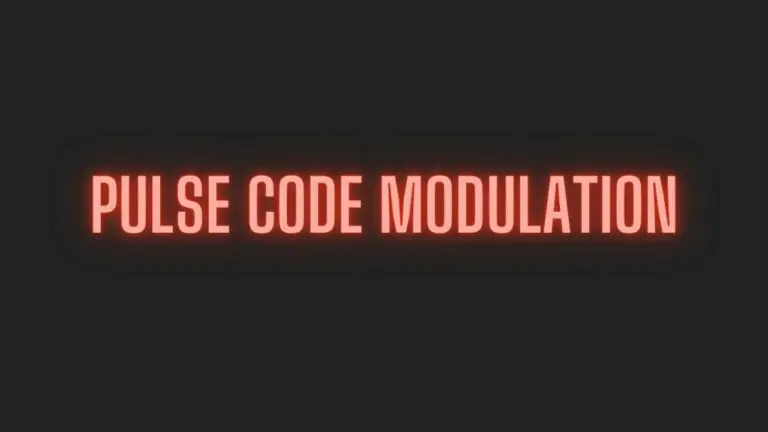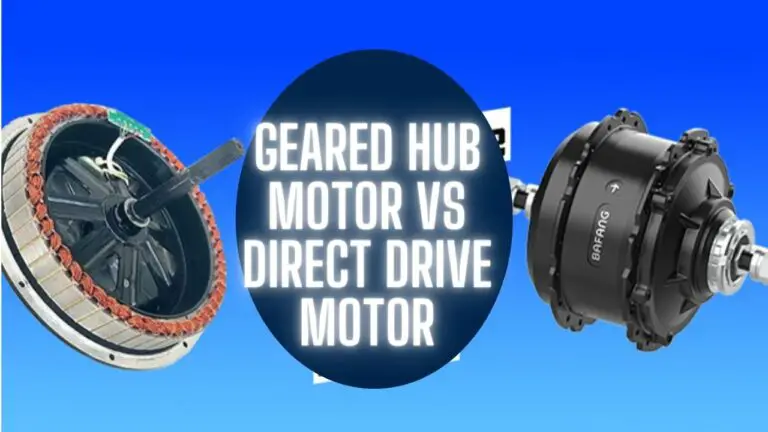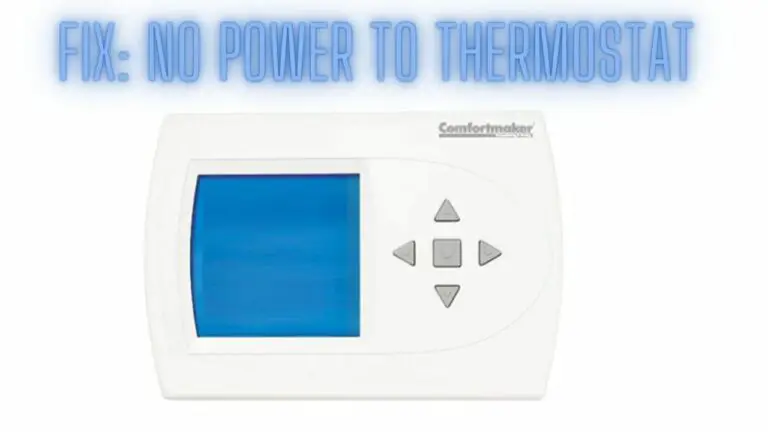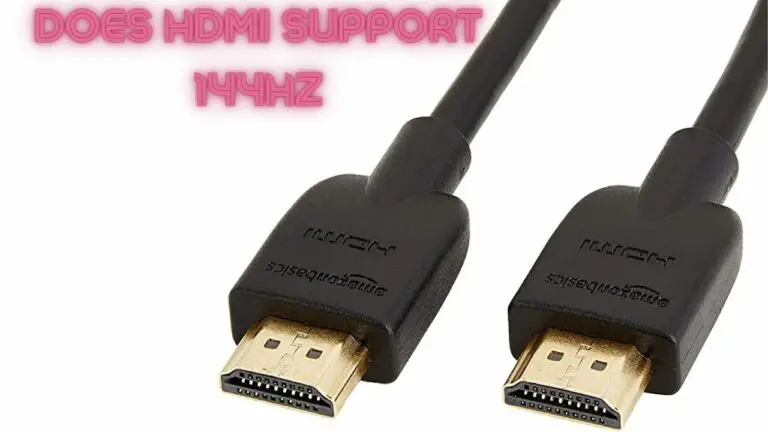HVAC Compressor Not Turning On? Here’s How to Fix It
Introduction to HVAC Systems
Heating, Ventilation, and Air Conditioning (HVAC) systems play a crucial role in maintaining indoor comfort and air quality in residential, commercial, and industrial buildings. These systems provide thermal comfort by regulating temperature, humidity, and airflow within enclosed spaces. Whether it’s keeping buildings warm in the winter, cool in the summer, or providing fresh air circulation year-round, HVAC systems are essential for creating a comfortable and healthy indoor environment.
HVAC systems consist of various components working together to achieve their primary functions. Heating equipment such as furnaces, boilers, or heat pumps generate heat, while cooling equipment like air conditioners or heat pumps remove heat from indoor spaces. Ventilation systems circulate air, removing stale indoor air and introducing fresh outdoor air to maintain air quality and reduce indoor pollutants. Additionally, thermostats, air filters, dampers, and zoning systems help control and optimize HVAC system operation to meet specific comfort and efficiency requirements.
The working principle of HVAC systems revolves around the transfer of heat between indoor and outdoor environments. During the heating cycle, heat energy is extracted from a heat source (e.g., combustion, electricity, or outdoor air) and transferred to indoor spaces using various distribution methods such as forced-air ductwork, radiant panels, or hydronic piping systems. Conversely, during the cooling cycle, heat is removed from indoor spaces and expelled outdoors using refrigeration technology, resulting in lower indoor temperatures.
HVAC systems come in different types to suit various building layouts, climate conditions, and efficiency goals. Common types include split systems, where heating and cooling components are separated, packaged systems, which contain all components in a single unit, ductless mini-split systems, which provide zoned heating and cooling without ductwork, hybrid systems combining multiple energy sources for optimal efficiency, and geothermal systems utilizing underground heat exchange for heating and cooling.
Proper sizing, installation, and maintenance are critical for ensuring HVAC systems operate efficiently and effectively. HVAC professionals assess factors such as building size, insulation levels, climate conditions, and occupant requirements to select the appropriate equipment size and configuration. Regular maintenance tasks, including filter replacement, coil cleaning, and system inspections, help optimize system performance, extend equipment lifespan, and prevent costly repairs.
In addition to providing comfort, modern HVAC systems prioritize energy efficiency and environmental sustainability. Energy-efficient equipment, advanced controls, and building automation systems help reduce energy consumption, lower utility costs, and minimize greenhouse gas emissions associated with HVAC operations. Compliance with regulatory standards and industry best practices ensures HVAC systems meet safety, performance, and environmental requirements.
In conclusion, HVAC systems are indispensable for creating comfortable, healthy, and energy-efficient indoor environments. Understanding their components, operation principles, and maintenance requirements is essential for maximizing their performance and ensuring occupant comfort and well-being.
How to Fix It
Your HVAC (Heating, Ventilation, and Air Conditioning) system relies on various components working together seamlessly to keep your indoor environment comfortable. One of the essential parts is the compressor, which plays a crucial role in cooling your space. If you find that your HVAC compressor is not turning on, it could be due to several reasons. In this article, we’ll guide you through a step-by-step process to troubleshoot and potentially fix the issue.
1. Check the Thermostat:
Start by checking your thermostat settings. Make sure it’s set to “Cool” mode and set to a temperature below the current room temperature. Ensure that the fan setting is in “Auto” mode, not “On.”
2. Verify Power Supply:
Check if the HVAC system is receiving power. Look for any tripped circuit breakers or blown fuses in the electrical panel. If you find any, reset the breaker or replace the fuse and see if the compressor starts.
3. Inspect the Disconnect Switch:
Many HVAC systems have an outdoor disconnect switch near the outdoor unit. Ensure that it’s in the “On” position. If it’s turned off, the compressor won’t start.
4. Examine the Air Filter:
A clogged or dirty air filter can restrict airflow and cause the system to malfunction. Check and replace the air filter if it’s dirty. A clean filter ensures proper airflow and system efficiency.
5. Look for Ice Buildup:
If your HVAC system has an indoor evaporator coil that’s frozen, it could prevent the compressor from starting. Turn off the system and allow the ice to thaw before attempting to restart it.
6. Inspect the Outdoor Unit:
Ensure that the outdoor unit is free from debris, leaves, and obstructions. Check for any visible damage to the unit or its wiring. Sometimes, animals or insects can cause damage that affects the compressor’s operation.
7. Listen for Unusual Sounds:
If you hear unusual clicking or buzzing sounds when you try to start the HVAC system, it might indicate an issue with the compressor’s capacitor. Faulty capacitors can prevent the compressor from starting.
8. Consider the Start Capacitor:
The start capacitor provides an extra boost of power to start the compressor. If it’s defective, the compressor may struggle to start. A professional HVAC technician can test and replace the capacitor if needed.
9. Check the Contactor:
The contactor is an electrical switch that controls power to the compressor. If the contactor is faulty, it may not send power to the compressor. Have an HVAC technician inspect and replace the contactor if necessary.
10. Refrigerant Levels:
Low refrigerant levels can prevent the compressor from working efficiently. Low refrigerant may indicate a leak in the system, which requires professional repair.
11. Seek Professional Help:
If you’ve gone through the steps above and your HVAC compressor still won’t turn on, it’s time to call a licensed HVAC technician. They have the expertise and tools to diagnose complex issues and perform necessary repairs.
Remember that HVAC systems involve electrical components and potentially hazardous refrigerants. If you’re uncomfortable with any part of the troubleshooting process, it’s best to seek professional assistance to ensure your safety and the proper functioning of your HVAC system.
Why Won’t the AC Compressor Work Yet the Condenser Fan Runs?
If your AC condenser fan is running, but the compressor isn’t working, it’s a sign of a potential issue within your air conditioning system. The compressor is a vital component responsible for circulating refrigerant and cooling your home. When it doesn’t work while the condenser fan operates, several factors could be causing the problem. Here are some possible reasons:
1. Capacitor Issues:
The condenser fan and compressor often share a start capacitor. If the capacitor fails, the fan might continue to run while the compressor won’t start. A faulty capacitor can prevent the compressor motor from receiving the required electrical boost to begin its operation.
2. Start Relay or Start Kit:
Some systems use a start relay or a start kit to provide extra power to start the compressor. If the relay or kit is malfunctioning, it can lead to the fan running while the compressor remains inactive.
3. Compressor Overload or Overheating:
The compressor has built-in safety mechanisms to prevent overheating. If it overheats due to a faulty component, the thermal overload protection might prevent it from running. In this case, the fan would continue to operate.
4. Wiring Issues:
Faulty wiring or loose connections in the system can prevent the compressor from receiving the electrical signals required to start. The condenser fan might still run as it operates independently of the compressor.
5. Refrigerant Issues:
Low refrigerant levels can trigger a low-pressure switch, preventing the compressor from operating to avoid potential damage. The fan, however, might continue to run.
6. Faulty Contactor:
The contactor is an electrical switch that controls power to the compressor. If the contactor is defective, it might not send power to the compressor, but the fan could still run.
7. Compressor Damage:
Mechanical issues within the compressor, such as a seized motor or damaged components, can prevent it from starting. Meanwhile, the fan may still operate normally.
8. Control Board Malfunction:
Modern HVAC systems often have control boards that manage various functions. A malfunctioning control board can lead to inconsistencies in starting the compressor while the fan operates.
9. Blocked Refrigerant Flow:
Obstructions or restrictions in the refrigerant lines can impact the flow of refrigerant, affecting the compressor’s operation.
10. Motor Issues:
The compressor motor might have worn-out components or a faulty start winding that prevents it from starting even as the fan operates.
Troubleshooting and diagnosing such issues can be complex and may require professional assistance. Due to the electrical and mechanical nature of HVAC systems, it’s recommended to contact a licensed HVAC technician to accurately identify the problem and perform the necessary repairs. Attempting DIY fixes without proper knowledge can lead to further complications or safety hazards.
Safety Precautions
Safety precautions are essential when working with HVAC (Heating, Ventilation, and Air Conditioning) systems to prevent accidents, injuries, and damage to property. Here are some key safety precautions to follow:
- Turn Off Power: Always turn off the power supply to the HVAC system at the circuit breaker or disconnect switch before performing any maintenance, repairs, or installations. Use a voltage tester to confirm that the power is off before starting work.
- Wear Personal Protective Equipment (PPE): Wear appropriate PPE, including safety glasses, work gloves, and non-conductive footwear, to protect against electrical shocks, burns, and injuries from sharp objects or moving parts.
- Follow Manufacturer Instructions: Read and follow the manufacturer’s instructions, warnings, and safety guidelines provided with the HVAC equipment and related components. Adhere to recommended procedures for installation, operation, and maintenance.
- Use Proper Tools: Use insulated tools and equipment designed for HVAC work to minimize the risk of electric shock and injury. Ensure that tools are in good condition and suitable for the task at hand.
- Work in Well-Ventilated Areas: When working with HVAC systems that involve combustion processes (e.g., furnaces, boilers), ensure proper ventilation to prevent the buildup of carbon monoxide and other harmful gases. Work in well-ventilated areas or use exhaust fans as necessary.
- Prevent Fire Hazards: Take precautions to prevent fire hazards, such as avoiding contact between flammable materials and hot surfaces, keeping work areas clear of debris and combustible materials, and using flame-resistant materials when necessary.
- Handle Refrigerants Safely: If working with refrigeration systems, follow proper procedures for handling, storing, and disposing of refrigerants. Wear appropriate protective clothing and eyewear, and use recovery equipment to capture and recycle refrigerants safely.
- Secure Ladders and Work Platforms: Use sturdy ladders or work platforms with non-slip surfaces when working at heights. Secure ladders properly to prevent tipping or slipping, and use fall protection equipment as needed.
- Inspect Equipment Regularly: Before starting work on HVAC systems, inspect equipment and components for signs of damage, deterioration, or wear. Replace worn or damaged parts and address any safety concerns before proceeding.
- Know Emergency Procedures: Familiarize yourself with emergency procedures, including how to shut off power and gas supplies in case of an emergency. Have emergency contact information readily available and know how to respond to accidents or injuries.
- Seek Professional Assistance When Needed: If you’re unsure about how to perform a task safely or if it involves complex HVAC systems or high-voltage equipment, seek assistance from a qualified HVAC technician or licensed professional.
By following these safety precautions, you can minimize the risk of accidents and injuries when working with HVAC systems and ensure a safe and successful outcome for your HVAC projects. Safety should always be the top priority in HVAC work to protect yourself, your colleagues, and the property you’re working on.
FAQS
Why isn’t my HVAC compressor turning on even though the fan is running?
There are several possible reasons for this issue, including a faulty capacitor, start relay, compressor overload, wiring problems, low refrigerant levels, a malfunctioning contactor, compressor damage, control board issues, or blocked refrigerant flow.
What role does the compressor play in an HVAC system?
The compressor is a vital component of an HVAC system. It’s responsible for pressurizing and circulating refrigerant, which absorbs heat from indoor air and releases it outdoors, thereby cooling your home.
Can I troubleshoot and fix the issue myself?
Some simple troubleshooting steps, such as checking the thermostat settings, power supply, and circuit breakers, can be done by homeowners. However, due to the complexity of HVAC systems and potential safety hazards, it’s recommended to seek professional help for accurate diagnosis and repairs.
Why does a faulty capacitor affect the compressor’s operation?
The capacitor provides an electrical boost to start the compressor motor. If the capacitor is faulty, the compressor might not receive enough power to start, while the fan may continue to run.
What should I do if I suspect a refrigerant issue?
Low refrigerant levels can prevent the compressor from working properly. It’s best to contact an HVAC technician to assess and address the refrigerant levels and any potential leaks.
Why is the contactor important for the compressor’s operation?
The contactor is an electrical switch that controls power to the compressor. A malfunctioning contactor might prevent the compressor from receiving the necessary electrical signals to start.
Is it safe to continue running just the fan without the compressor?
Running the fan without the compressor might circulate air, but it won’t cool your home effectively. Additionally, some issues that prevent the compressor from starting could worsen over time if left unresolved.
How can I prevent compressor-related issues in the future?
Regular HVAC maintenance, including cleaning, inspection, and addressing small problems promptly, can help prevent major issues with the compressor and other components.
How can a professional HVAC technician help?
Licensed HVAC technicians have the expertise, tools, and knowledge to accurately diagnose the issue and perform necessary repairs or replacements. They can ensure that your system is functioning safely and efficiently.
Should I attempt DIY repairs on the compressor?
Compressor repairs involve complex electrical and mechanical components, making them best left to trained professionals. Attempting DIY repairs without the necessary knowledge can lead to further damage or safety hazards.
Can extreme weather conditions affect the compressor’s operation?
Extreme heat can cause the compressor to work harder, potentially leading to overheating. Likewise, extremely cold temperatures can affect the lubrication and efficiency of the compressor. Adequate insulation and proper maintenance can mitigate these effects.
Conclusion
In conclusion, safety precautions are paramount when working with HVAC systems to ensure the well-being of individuals involved and to prevent accidents, injuries, and property damage. By following the safety guidelines outlined above and adhering to best practices, you can create a safer working environment and minimize the risks associated with HVAC work.
Remember to always prioritize safety by turning off power sources, wearing appropriate personal protective equipment, using proper tools and equipment, and following manufacturer instructions and industry standards. Regular inspections, proper ventilation, and emergency preparedness are also critical aspects of maintaining a safe workplace.
By incorporating safety precautions into your HVAC work practices and fostering a culture of safety within your team, you can help prevent accidents and create a safer, more productive work environment. Safety should always be a top priority in HVAC operations, ensuring the well-being of everyone involved and promoting a successful outcome for your projects.

